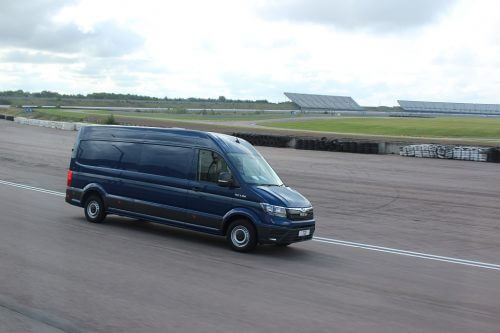
James Day test drives MAN’s new light commercial vehicle, the TGE, which is looking to break into the van and minibus market over the next few years
MAN brought a number of its new TGE vans to the Rockingham Motor Speedway circuit for a ride and drive event, giving many members of the press, builders and customers a first opportunity to drive their new entry into a market for smaller vehicles. The company is well-known for its range of trucks, coaches and buses and has taken the decision to produce smaller vehicles in addition to its heavy duty range.
As well as offering an opportunity to drive various guises of the TGE, a discounted rate was available for those wishing to make orders at the event.[…]
By subscribing you will benefit from:
- Operator & Supplier Profiles
- Face-to-Face Interviews
- Lastest News
- Test Drives and Reviews
- Legal Updates
- Route Focus
- Industry Insider Opinions
- Passenger Perspective
- Vehicle Launches
- and much more!


